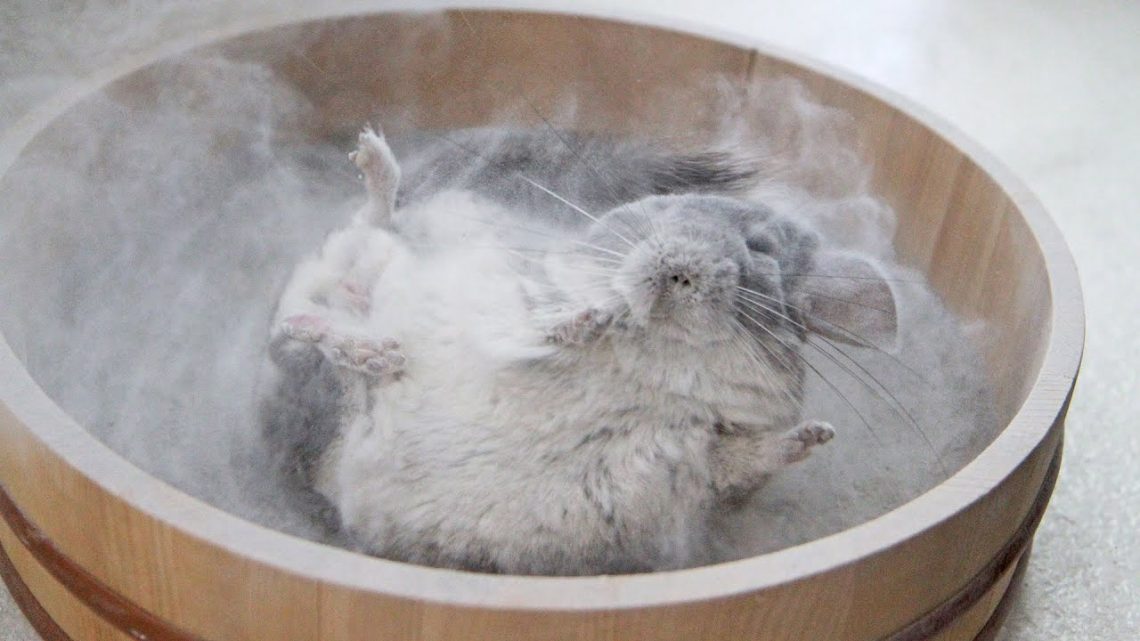
Why do chinchillas swim in the sand?
A charming, soft and fluffy animal lives at home – a chinchilla? How to monitor the cleanliness of her fur, and why sand is needed – we will tell in this article.
Chinchillas in nature are inhabitants of the mountainous regions of the Andes, and then in the wild they are rare. Currently, most chinchillas in the world are domestic. Chinchillas have one feature – their fur is very thick: it reaches a length of 4 cm, and 60-70 hairs grow from each hair follicle, so the density of the fur is very high. At the same time, the chinchilla does not have sweat and sebaceous glands, and its fur is not particularly dirty with secretions. Due to the density of the fur of chinchillas, it is highly recommended not to bathe in water, the fur dries for a very long time, and at this time the chinchilla can become supercooled in a light draft and even if the room is just cool. If it is too hot, the fur still does not dry faster, and the skin becomes dry and itchy and irritated. In nature, chinchillas never swim in water bodies, but take baths in volcanic dust. To clean the fur, chinchillas are offered bathing suits with special sand, which will absorb all the dirt and gently cleanse the chinchilla’s coat of dead hairs and small debris, and help remove excess moisture from the wool in high humidity in the room. A bathing suit can be either specialized, from a pet store, or, for example, it can be an old aquarium, a plastic container, a cat tray with high sides and a frame on top, a plywood box, a small basin, a stable bowl made of glass, ceramics, metal or plastic. Sand must be used clean, sifted and fine, for high-quality wool cleaning. Ready-made sand of good quality can be bought at the pet store. Coarse sand can damage the hairs and skin of the chinchilla. Sand from the beach, from a children’s sandbox or from a pile of sand for construction should not be used, because it is not known where this sand was and what it contains. Sand should be poured into the bathing suit with a layer of about 3-5 cm. You can offer a bathing suit to a chinchilla a couple of times a week, in the evening, since chinchillas become more active in the evening. Just place the bathing suit directly in the cage or display case. You can swim outside the cage, but always under supervision so that the chinchilla, after swimming, does not leave to explore the territory. Also, when walking a chinchilla in a room, do not allow her to bathe in flower pots and cat trays, this will not bring any benefit! Half an hour is enough for the chinchilla to bathe in the sand to its fullest. By the way, bathing in the sand is also a way to relieve stress in chinchillas. Too often offering a bathing suit or leaving it in a cage for a long time is undesirable, frequent bathing dries out the skin and coat, and a bathing suit left for a long time becomes a toilet or bedroom. It is undesirable to swim only for very small chinchillas and animals with skin diseases or fresh wounds. Sand can be reused up to several times, but must be sifted through a sieve to remove hair, debris, inadvertent waste, cage litter, or hay. After a few baths, the sand should be completely replaced. Happy swimming!





